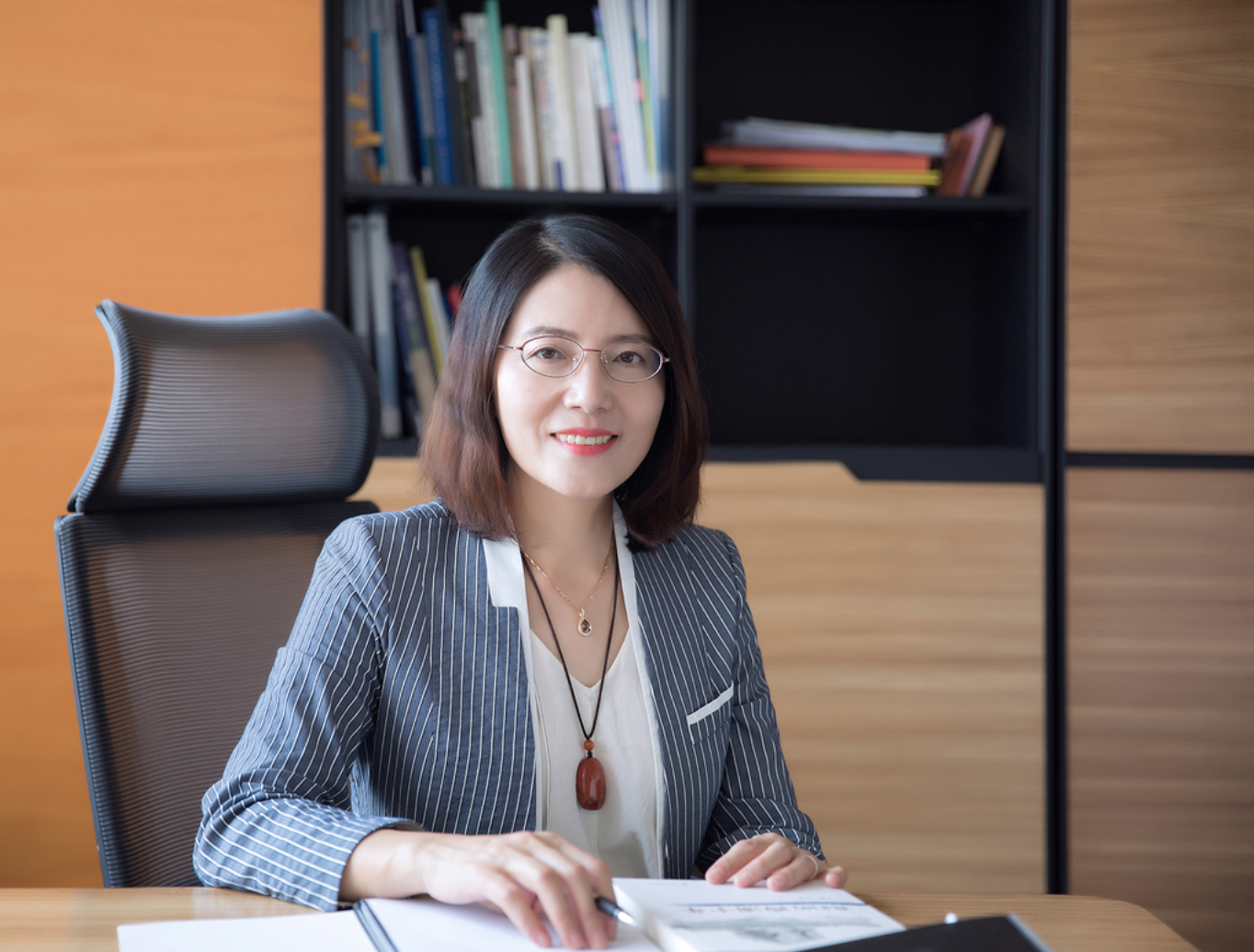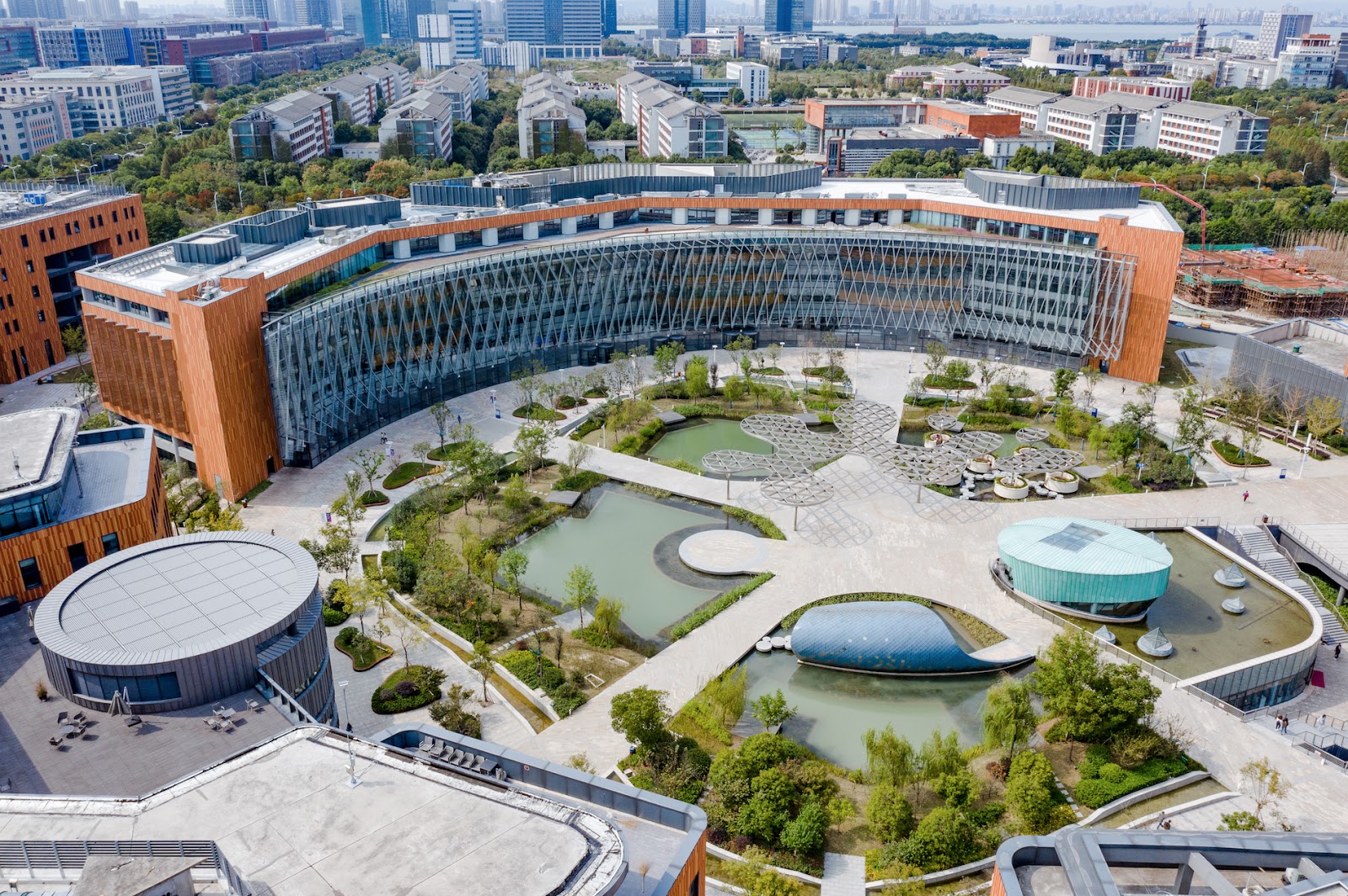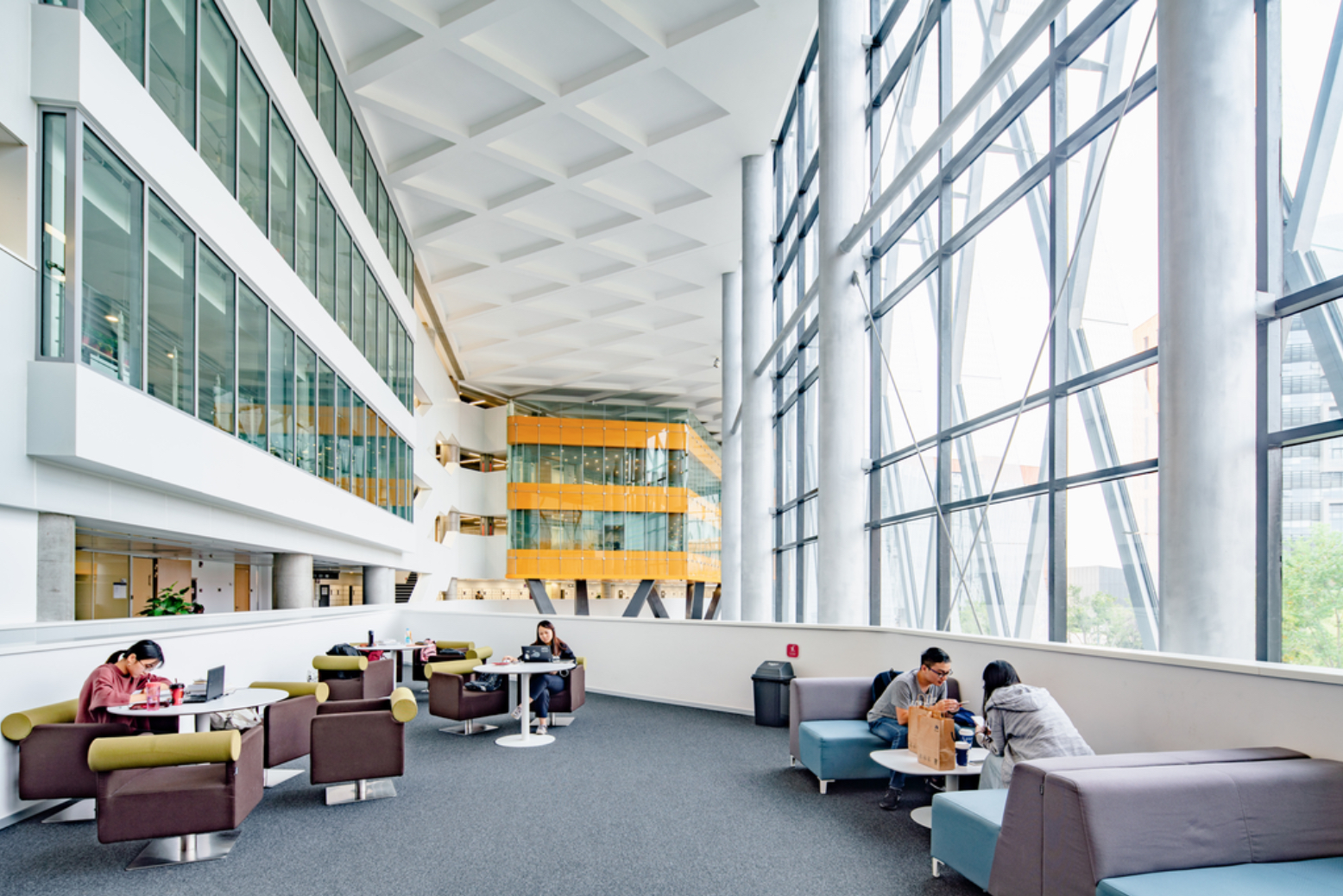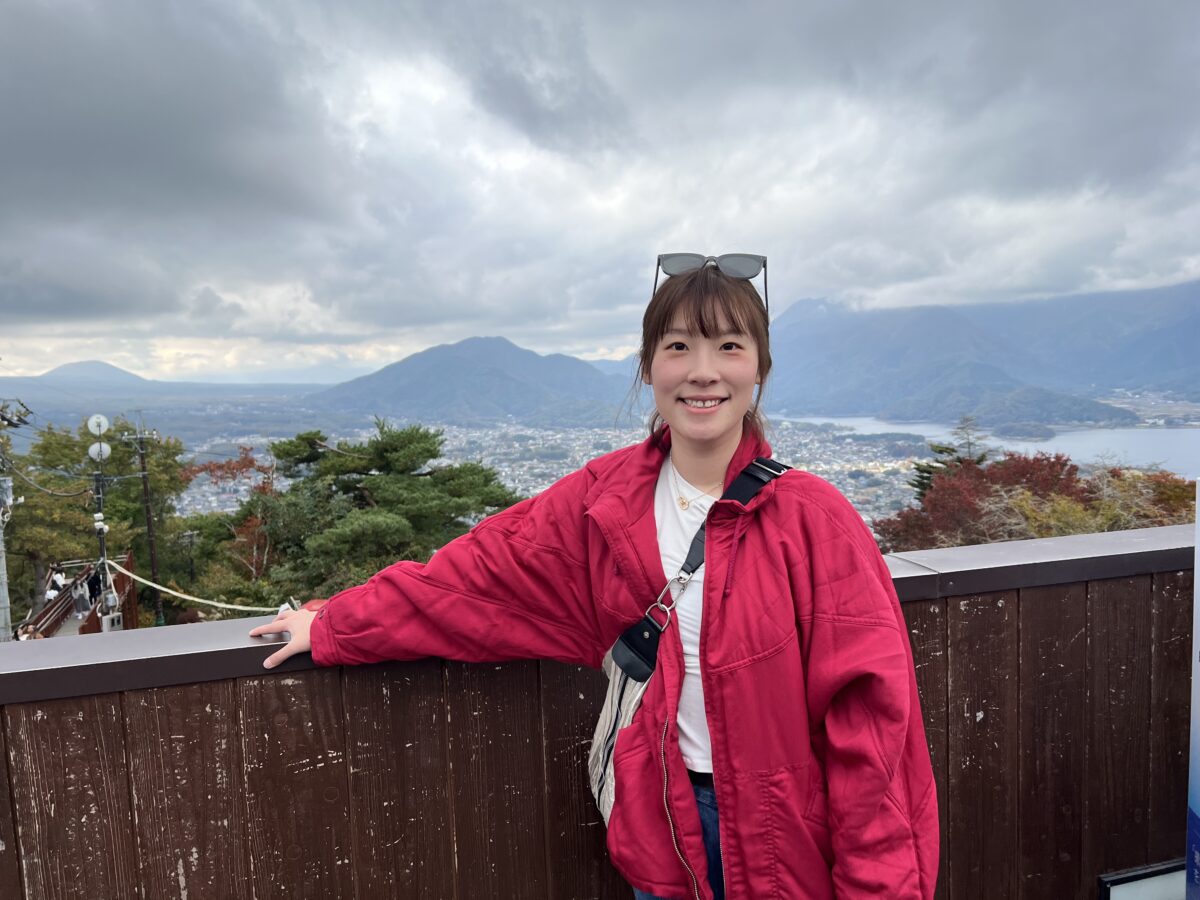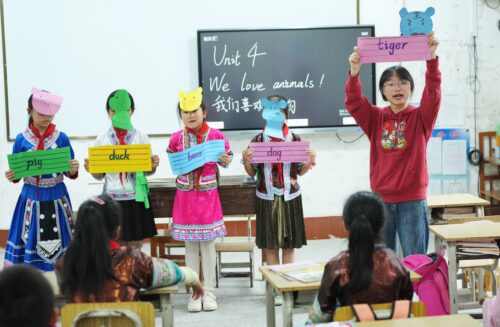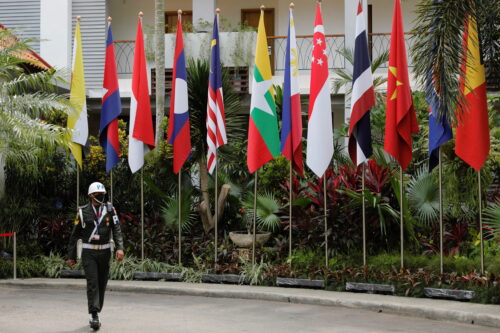Education in China: How the gaokao exam shapes Chinese students’ lives and futures
For high-school graduates across China, two days in June mark some of the most life-changing moments in their lives. That’s when the gaokao, China’s university entrance exam, takes place. Often dubbed as the most grueling and formidable exam in the world, the gaokao determines which universities its takers are able to attend and can have lifelong consequences on Chinese students, whose higher-education experience, or lack thereof, will affect their job prospects and social mobility.
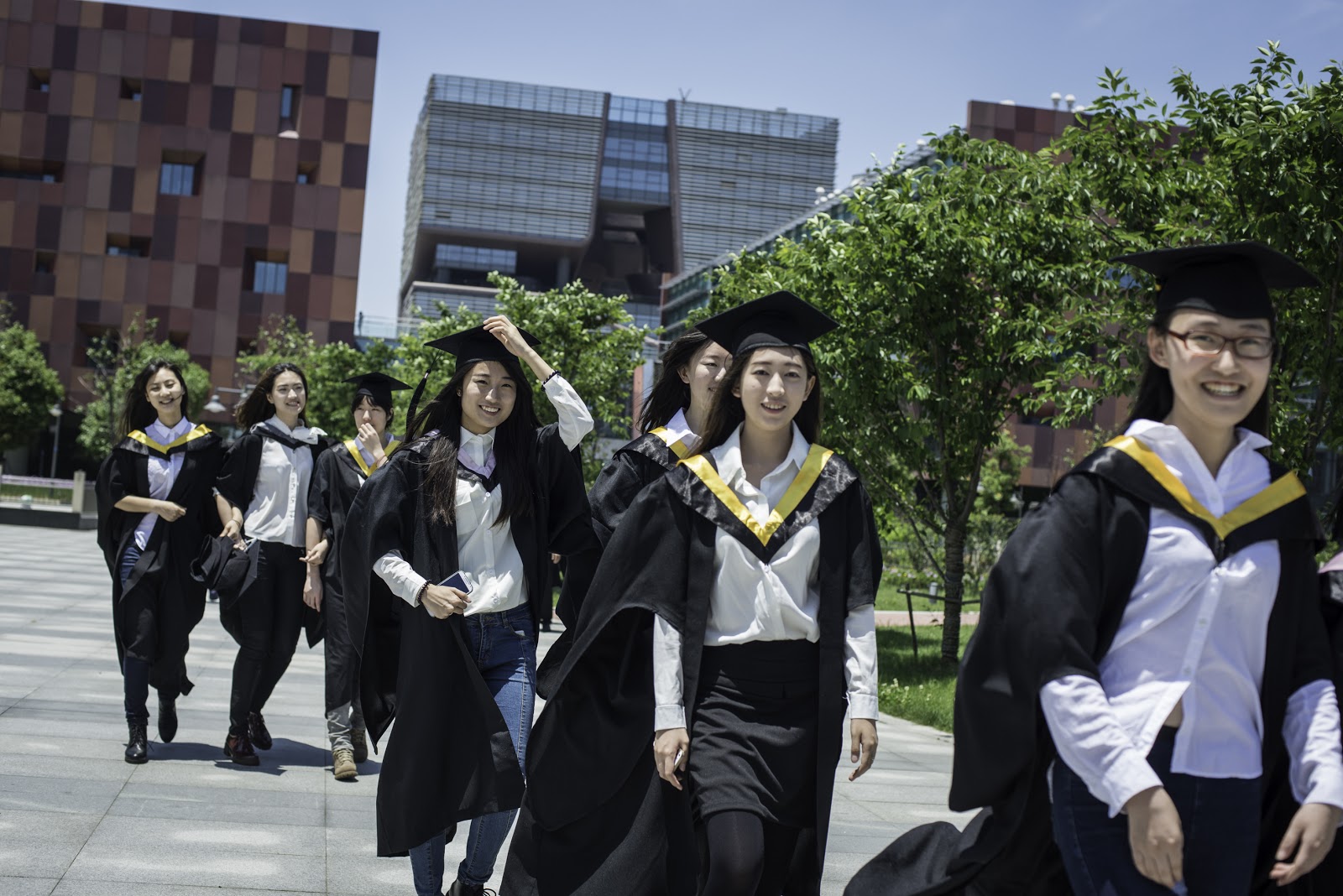
This article is sponsored by Xi’an Jiaotong-Liverpool University
For high-school graduates across China, two days in June mark some of the most life-changing moments in their lives. That’s when the gaokao, China’s university entrance exam, takes place.
Often dubbed as the most grueling and formidable exam in the world, the gaokao determines which universities its takers are able to attend and can have lifelong consequences on Chinese students, whose higher-education experience, or lack thereof, will affect their job prospects and social mobility.
“Generally speaking, the gaokao is the fairest talent selection test in China, which is widely recognized and accepted in Chinese society,” said Professor Chao Qiuling 钞秋玲, the vice president for student affairs and information at Xi’an Jiaotong-Liverpool University (XJTLU) in Suzhou.
“It is intended to assess students’ basic knowledge, skills, problem-solving abilities, and application abilities.”
Since its inception in 1952, the gaokao has remained a key component in China’s college admissions process and has been through a series of reforms and encouraging developments. It also provides an insight into China’s higher-education system and the challenges it’s facing.
The stakes are high
It’s not difficult to understand how the gaokao became an essential part of China’s college admissions process in the first place. As a merit-based test, the gaokao found its genesis as early as the Sui dynasty, when the keju (科举 kē jǔ), also known as the imperial exam or civil exam, was created by the central government as a relatively corruption-free method to select talented individuals from amongst the commoners.
During its 1,300-year history, the keju, which is widely hailed as the fifth great innovation from China, served as almost the only path for ordinary Chinese to ascend to the elite class. However, even by the time it was abolished, the exam was far from a completely fair measurement, given that women were forbidden from taking it.
In 1952, three years after the birth of modern China, the new Communist government established the gaokao, which was designed to be less political than its predecessor. Introduced as a meritocratic route to academic and social advancement, the gaokao was suspended during the Cultural Revolution (1966–1976), when public education in China came to a complete standstill. In 1977, right after Mao’s death, the gaokao was restored under the charge of Deng Xiaoping 邓小平, who returned to power as the vice-premier overseeing culture and education.
Since then, the gaokao has experienced rapid development and transformation. According to Chao, an expert in higher-education research, when the gaokao was reinstated in 1977, about 5.7 million candidates registered for the exam, but only 272,971 were admitted to higher-education colleges and universities, making the enrollment rate as low as 4.78 percent.
More than 40 years on, the number of colleges and universities across the country has increased considerably, from 88 in 1977 to 2,914 in 2018. Last year, the number of gaokao candidates reached 9.75 million, 7.91 million of whom entered universities successfully, resulting in an admission rate of 81.13 percent.
The rise in the overall admission rate means the intensity of competition today is largely confined to China’s highest-ranked universities. These include the “985” universities (a group of 39 first-rate universities of international advanced level) and the “211” universities (comprising 112 universities that play an exemplary role in relation to the country’s advancement in social and economic fields).
“While the overall admission rate was 81.13 percent, the average admission rate of ‘985’ universities was 2.09 percent, and 3.13 percent for ‘211’ universities,” Chao says.
Impact of the gaokao on students’ physical and mental health
Like many other standardized tests, the gaokao is notorious for the pressure and impact it has on Chinese students. Exam takers need to compete with millions of other candidates to enter prestigious universities with further pressure from schools and families, who want their children to perform their best.
The gaokao is not only a tool employed by Chinese education authorities to evaluate the knowledge and academic skills of candidates, but also a mechanism that stretches students for years.
Chao refers to the gaokao as a “marathon,” requiring students to undergo 12 years of study.
“Some students will be inspired by the unlimited potential, while others may be left feeling hopeless and exhausted.”
“It is important to remember that each person’s intelligence level and personality are different. Not every student can enter a first-class institution, even if it is what their parents expect,” Chao says. “In my opinion, both schools and parents should encourage students to choose the most suitable university based on their own development needs, ability, and interests.”
Addressing the education gap
While the gaokao is commonly accepted as a relatively fair way for Chinese universities to select students, there exists the issue of social and regional imbalance where wealthy students from urban areas have greater access to educational resources than less affluent students in more rural regions.
“China’s eastern and southern areas are well developed with rich educational resources, while the western region is underdeveloped and is inferior to the other areas in terms of university scale, teacher resources, education funding, and hardware facilities,” Chao says.
“But in order to solve the imbalance of educational resources, the government has made many efforts to develop a series of special policies for students in underdeveloped areas, providing many opportunities for students in poor areas to enter higher education.”
Chao highlights the Support for West China Enrollment Collaboration Program, which is aimed at increasing the total enrollment of students in the central and western regions, alongside measures such as simplifying the recruitment process for poor students and creating preferential admission policies for students from impoverished families, as examples of the policies and practices designed to promote fair access to education for all.
The future of China’s higher education
Another criticism leveled at the gaokao is that the test is too oppressive and results-focused at the expense of encouraging students to develop their own creative abilities.
Furthermore, there is the question of just how far the test can be considered an objective representation of a student’s readiness for college, where the abilities of independent and critical thinking, problem solving, and innovation outweigh passive learning and conformity.
Chao acknowledges this and says that many Chinese university students are not independent and innovative.
“This is due to the examination-oriented education system in China, in which most students tend to pursue standard answers and place too much importance on exam scores. Their abilities in independent thinking, problem solving, critical thinking, and creation and innovation are suppressed.”
Chao says the Chinese government is responsive to these limitations.
“In order to improve the initiative and enthusiasm of students to participate in classroom, the government advocates a variety of teaching methods such as problem-oriented discussion, cooperation, and inquiry, and comprehensive practical courses in primary and secondary schools to avoid the old practice of rote learning and repeating mechanical exercises.”
To help students fulfill their academic potential, Chao believes that Chinese education institutions can learn a lot from Western counterparts, who evaluate students in myriad ways, including team projects and social surveys.
“In teaching, they adopt a variety of teaching methods such as inspirational learning, cooperative learning, and inquiry learning,” Chao says. “Teachers encourage students to express their personal opinions, create a relaxed and free academic environment, and encourage innovation and independent thinking.”
That blend of Eastern and Western styles can be found in the education model developed by Xi’an Jiaotong-Liverpool University in Suzhou.
“We have an education philosophy that is student development oriented, interest guided, and learning centered; implementing a research-oriented teaching model that allows students to transform from focusing on simple knowledge to focusing on practical issues and real-world challenges,” Chao says.
“The biggest difference between Xi’an Jiaotong-Liverpool University and other Chinese universities is that it is not primarily directed as a place to transfer knowledge, but the place in which students can experience ‘a happy life and a successful career.’
“We hope that our students develop a solid and integrated knowledge system, positive exploration and innovation spirit, and interactive and cooperative behavior, and hope they become professional elites with international perspectives and global competencies.”
Since its founding in 2006, Xi’an Jiaotong-Liverpool University has been working toward the goal of becoming a research-led international university in China and a Chinese university recognized internationally for its unique features in learning and teaching, research, social service, and education management.
“This is about cooperating with foreign universities to develop exchange students’ projects; attract international scholars or academic exchange and strive to encourage teachers and students to participate in a variety of international academic activities; creating an open and dynamic campus atmosphere with distinctive international characteristics by promoting cultural integration and understanding through various activities,” Chao says.
Looking ahead, Chao perceives that China’s higher-education system will undergo massive changes in the decade ahead in order to benefit the country’s economic and social development.
“China’s higher-education institutions will accelerate the construction of the ’Double Tops’ initiative, developing first-class programs as well as first-class universities, to further enhance high-quality talent cultivation,” she says.
“This includes accelerating the modernization of the higher-education management system and management abilities, and improving talent training, scientific research, social service, and cultural heritage and innovation in higher education.”
“It’s about ensuring that universities are an important force for knowledge discovery and technological innovation, a vital source for advanced ideas and excellent culture, and a training base for all kinds of high-quality talent.”
Xi’an Jiaotong-Liverpool University is the largest international collaborative university in China. A partnership between Xi’an Jiaotong University and the University of Liverpool, XJTLU’s campus is located in Suzhou, Jiangsu province – a short 24-minute train ride from Shanghai. The University currently offers approximately 90 degree programmes in the fields of science, engineering, business, finance, architecture, urban planning, language, culture and all are taught in English.
